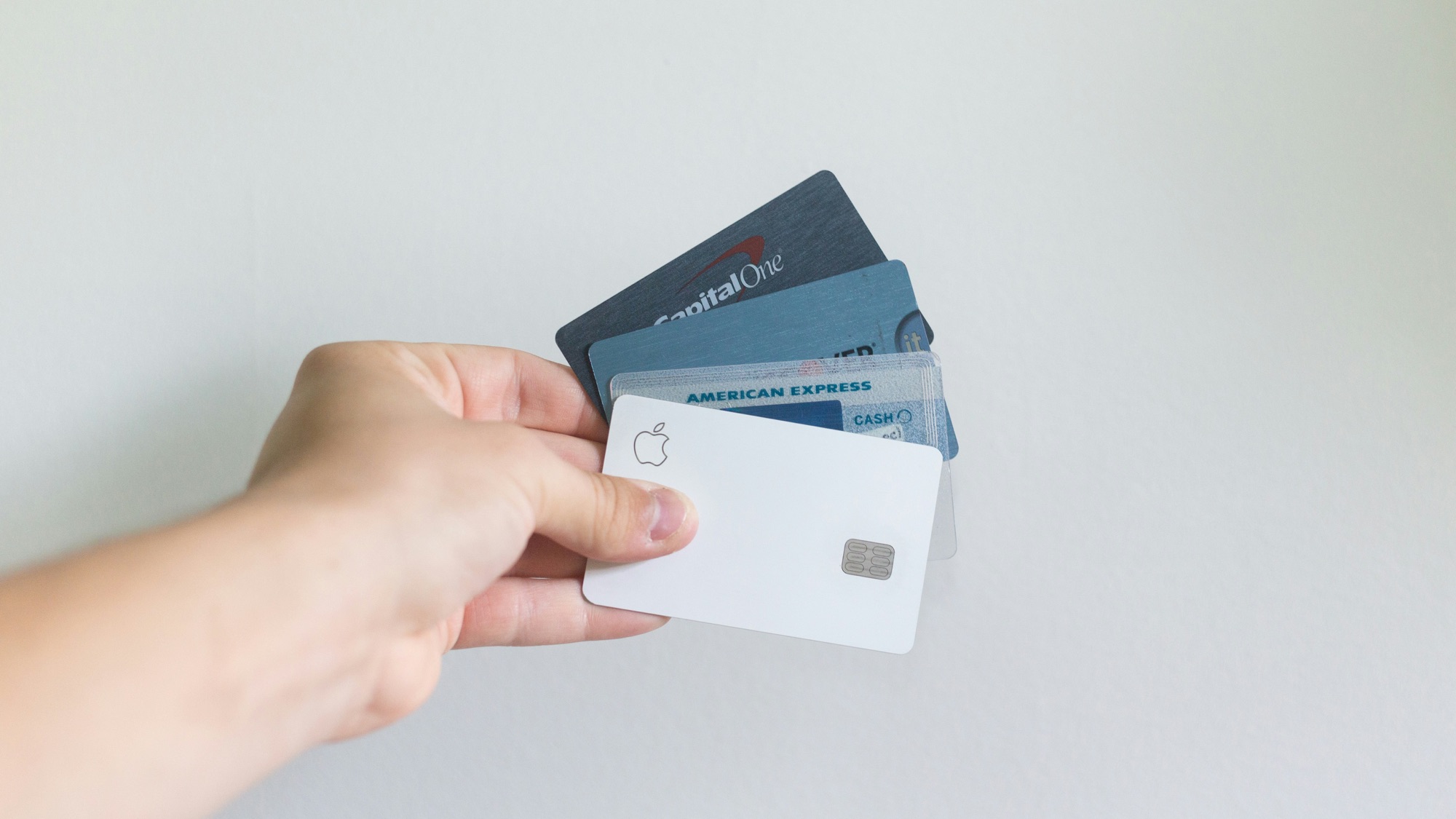When it comes to building or managing credit, two financial tools that often get compared are secured credit cards and prepaid cards. While both can be useful in specific situations, they are fundamentally different in how they work, what they offer, and their impact on your credit score. Understanding the differences between a secured credit card and a prepaid card is crucial for making the right financial choice based on your goals and needs.
This article breaks down the key differences between secured credit cards and prepaid cards, including how they function, their benefits and drawbacks, and when to use each.
What is a Secured Credit Card?
A secured credit card is a type of credit card that requires you to put down a cash deposit as collateral. This deposit acts as security for the card issuer in case you fail to make payments. Secured credit cards are typically used by individuals with no credit history or poor credit as a way to build or rebuild their credit. Unlike a prepaid card, a secured credit card functions like a regular credit card, with the key difference being the initial deposit required.
Key Features of a Secured Credit Card
- Security Deposit: To open a secured credit card, you must make a refundable deposit, which usually ranges from $200 to $500 or more. Your credit limit is typically equal to the deposit amount.
- Credit Building: Secured credit cards are reported to credit bureaus, meaning responsible use (paying on time and maintaining a low balance) can help build or improve your credit score.
- Works Like a Regular Credit Card: Even though it’s secured by a deposit, the card functions like a traditional credit card. You can make purchases, receive a monthly bill, and are required to make at least the minimum payment each month.
- Potential for Upgrade: After demonstrating responsible use over time, some card issuers may upgrade you to an unsecured credit card and return your deposit.
Example of How a Secured Credit Card Works
Suppose you open a secured credit card with a $300 deposit. Your credit limit is also $300. You make purchases, receive a monthly statement, and pay your bill. Over time, your responsible use is reported to the credit bureaus, helping to build your credit. If you consistently pay on time and manage your credit well, you may eventually qualify for a regular unsecured credit card, and your deposit will be refunded.
When to Choose a Secured Credit Card
A secured credit card is ideal for individuals who need to build or repair their credit. It’s particularly useful for those with limited or poor credit histories who want to demonstrate responsible credit use. The primary advantage is the ability to improve your credit score over time, which can lead to better financial opportunities, such as loans or unsecured credit cards, in the future.
What is a Prepaid Card?
A prepaid card, sometimes called a prepaid debit card, is a type of payment card that you load with your own money in advance. Unlike secured credit cards, prepaid cards are not tied to credit lines, and they do not involve borrowing money. Instead, you spend the funds that you’ve already loaded onto the card. Prepaid cards are commonly used for budgeting, making purchases without a bank account, or as an alternative to carrying cash.
Key Features of a Prepaid Card
- No Credit Check or Deposit Required: Prepaid cards do not require a credit check or a security deposit because you are spending your own money. Anyone can get a prepaid card without worrying about credit approval.
- Spending is Limited to the Loaded Amount: You can only spend the amount that has been preloaded onto the card. Once the balance is depleted, you must reload the card to use it again.
- No Impact on Credit Score: Prepaid cards are not reported to credit bureaus and therefore do not affect your credit score, positively or negatively. They are purely a spending tool, not a credit-building tool.
- Widely Accepted: Prepaid cards are typically branded with major networks like Visa, Mastercard, or American Express, allowing them to be used almost anywhere those networks are accepted.
Example of How a Prepaid Card Works
Suppose you load $500 onto a prepaid card. You can spend up to $500 using the card, but once the funds are exhausted, you cannot make additional purchases until you reload more money onto the card. Since you’re using your own preloaded funds, there’s no monthly bill or interest to worry about, and no activity is reported to the credit bureaus.
When to Choose a Prepaid Card
A prepaid card is ideal for individuals who want a convenient and secure way to manage their spending without using a traditional credit or debit card. It’s particularly useful for budgeting purposes, for those without bank accounts, or for anyone who wants to avoid the risk of overspending. However, it does not offer any benefits for building or improving credit.
Key Differences Between a Secured Credit Card and a Prepaid Card
While both secured credit cards and prepaid cards allow you to make purchases and pay bills, they differ significantly in terms of their purpose, impact on credit, and overall functionality.
1. Purpose and Function
- Secured Credit Card: Primarily designed for building or rebuilding credit. It functions like a traditional credit card, requiring monthly payments and offering the opportunity to build credit history.
- Prepaid Card: Designed for spending only what you load onto the card. It functions more like a debit card and is useful for budgeting or making payments without accessing a credit line.
2. Credit Building
- Secured Credit Card: Helps build or repair your credit by reporting your payment history to the credit bureaus. Responsible use can lead to a higher credit score and better financial opportunities.
- Prepaid Card: Does not affect your credit score. It is not linked to credit bureaus and therefore does not help with building or improving credit.
3. Funding Source
- Secured Credit Card: Requires a refundable security deposit that serves as collateral. Your spending limit is typically based on the amount of the deposit.
- Prepaid Card: Requires you to preload your own money onto the card. You can only spend the funds you have added, and there is no borrowing involved.
4. Monthly Payments and Interest
- Secured Credit Card: Requires monthly payments like a traditional credit card. If you carry a balance, you may incur interest charges.
- Prepaid Card: No monthly payments are required because you’re spending your own preloaded money. There is no interest, as there is no borrowing involved.
5. Credit Check and Approval Process
- Secured Credit Card: Typically requires a credit check, although approval is easier compared to unsecured credit cards. A deposit is required as collateral.
- Prepaid Card: Does not require a credit check or any approval process. Anyone can obtain a prepaid card without concern for their credit history.
6. Fees
- Secured Credit Card: May have annual fees, interest charges, and potentially fees for late payments or exceeding the credit limit.
- Prepaid Card: May come with fees for activation, reloading funds, monthly maintenance, ATM withdrawals, and other services, but there are no interest charges or late fees.
How They Work Together
In some cases, individuals may use both a secured credit card and a prepaid card, depending on their financial goals. For example, you might use a secured credit card to build credit and a prepaid card to manage day-to-day spending or stick to a budget.
Conclusion
The primary difference between a secured credit card and a prepaid card lies in their purpose and impact on credit. A secured credit card is designed for building or repairing credit and requires a security deposit. It functions like a traditional credit card and reports your payment history to credit bureaus, making it a valuable tool for improving your credit score. On the other hand, a prepaid card is simply a payment tool that allows you to spend only what you load onto the card, without any impact on your credit.
Understanding these differences can help you choose the right tool based on your financial needs—whether that’s improving your credit, managing your budget, or simply having a safe and convenient payment option.




